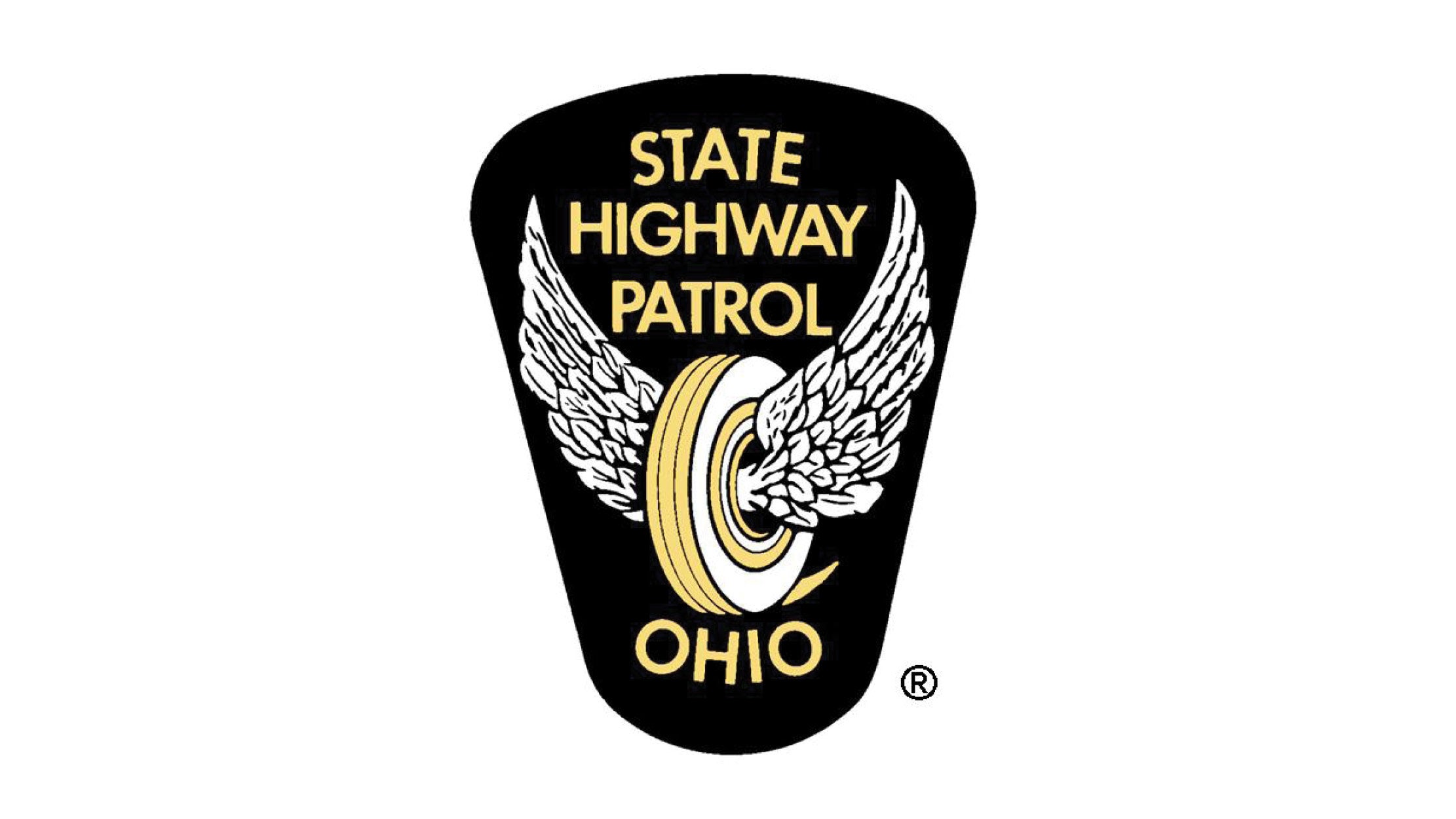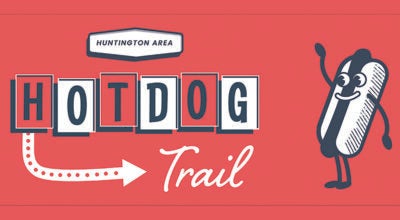Fall is peak season for car/deer collisions
Published 12:00 am Friday, October 15, 2021
COLUMBUS — With fall upon us, drivers are being reminded that it is the time of the year when vehicle-deer collisions spike.
Since 2016, statistics from the Ohio State Highway Patrol show there were 100,672 deer-related crashes on Ohio’s roadways.
In that same five-year period, there were 373 deer-related crashes in Lawrence County. The surrounding counties have much higher incidents: Scioto County had 693, Jackson County had 951 and Gallia County had 578.
While 95 percent of deer-related crashes in Ohio only resulted in property damage, 27 crashes resulted in fatal injuries to motorists, with 28 killed. Additionally, nearly half (47 percent) of these crashes occurred in October, November and December. Most of the crashes happened in the dusk and dawn hours.
“As we enter the peak season for car-deer collisions in Ohio, I encourage drivers to use extra caution and slow down, especially at dawn or dusk when deer are more active,” said Gov. Mike DeWine. “A crash with a deer can be just as destructive as a crash with another vehicle, so it’s important that drivers remember to stay alert and watch out for animals crossing the road.”
Some of the top counties for deer-related crashes include Stark, Richland, Lorain, Trumbull and Hancock with I-71, US-30 and I-80 being the leading roadways in the state.
“Always avoid distractions and keep your full focus on the roadway,” said Colonel Richard Fambro of the Ohio State Highway Patrol. “If you see a deer slow down, but do not swerve. If you strike a deer, move to a safe place if you are able, turn on your hazard lights, and report the crash.”
According to the Ohio Department of Natural Resources (ODNR), deer become visibly active from late October through November. This is due in large part to the fall breeding season. While males pursue prospective mates throughout the season, they often encounter females that are not yet willing to breed, which can result in pursuits where deer will dart into roadways with little caution. This unpredictable movement leads to an increase in deer-related vehicle crashes. Drivers are encouraged to be extra cautious in areas where fencerows, riparian corridors, or other blocks of forested habitat intersect a roadway.
“As motorists have likely noticed, deer are very visible and active in the fall,” ODNR wildlife Chief Kendra Wecker said. “If you see one deer, be on the lookout for others nearby. Deer rarely run alone.”
Colliding with a deer is not only dangerous, it’s also increasingly costly. Recent data estimates the average insurance claim for a deer-vehicle collision in Ohio is more than $4,000. Vehicle sensors found on newer vehicles continue to increase repair costs.
How to avoid animal collisions:
• Scan the road ahead: Looking ahead helps provide enough reaction time if an animal is spotted. Also, remember some animals, like deer, move in groups, so when there is one, there are usually more in the area.
• Use high beam headlights if there is no oncoming traffic: This can help you spot deer or other wildlife more quickly and give you time to slow down, move over or honk the horn to scare the animal away. High beams also help in spotting animals’ reflective eyes.
• Be extra cautious at dawn and dusk: Deer tend to be more active in the early morning and at dusk. That’s why these are peak times for deer-vehicle collisions.
• If a collision is unavoidable, apply the brakes firmly and remain in your lane: Swerving to avoid an animal can often cause a more serious crash or cause you to lose control of your vehicle. Drivers who swerve to miss a deer and hit something else may be charged for an at-fault crash.
• Always wear a seatbelt and remain awake, alert, and sober: The chances of getting injured when hitting an animal are much higher if you don’t have your seatbelt on. If you’re distracted or drowsy, you’re not properly scanning the road for deer and could end up spotting them too late.
What to do if you hit a deer:
• Following the collision, call the police.
• Avoid making contact with the deer/animal. A frightened and wounded animal can be dangerous and pose a threat when approached or might further injure itself.
• Activate the vehicle’s hazard lights whether it’s light or dark outside.
• If possible, move the vehicle to a safe location out of the roadway, and wait for help to arrive.
Drivers should contact their insurance agent or company representative as quickly as possible to report any vehicle damage.
As always, motorists are also reminded they can dial #677 from their mobile device to be connected to the nearest Ohio State Highway Patrol Post.






